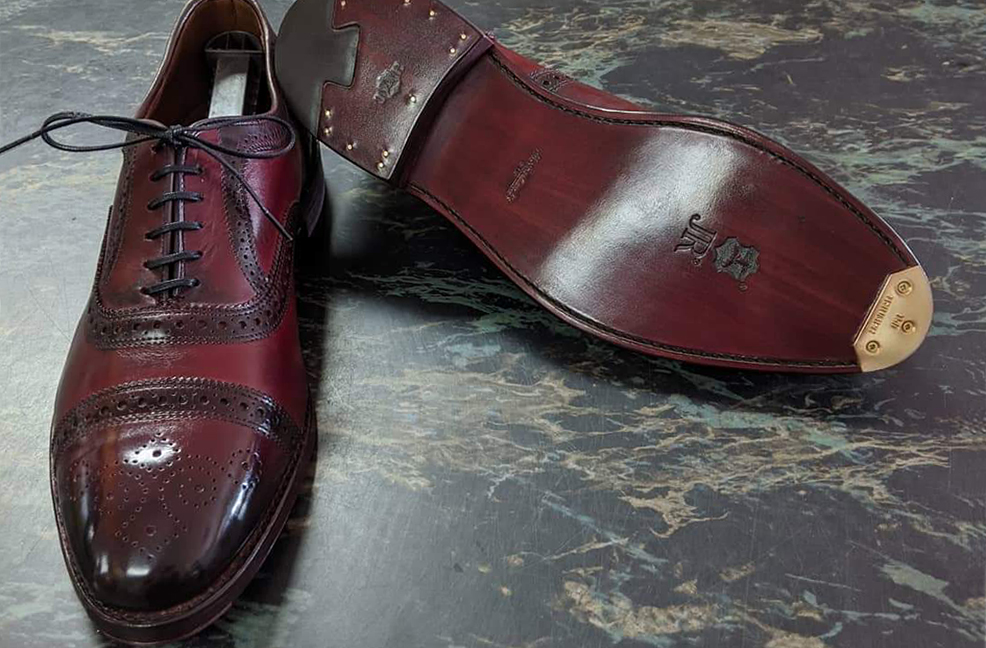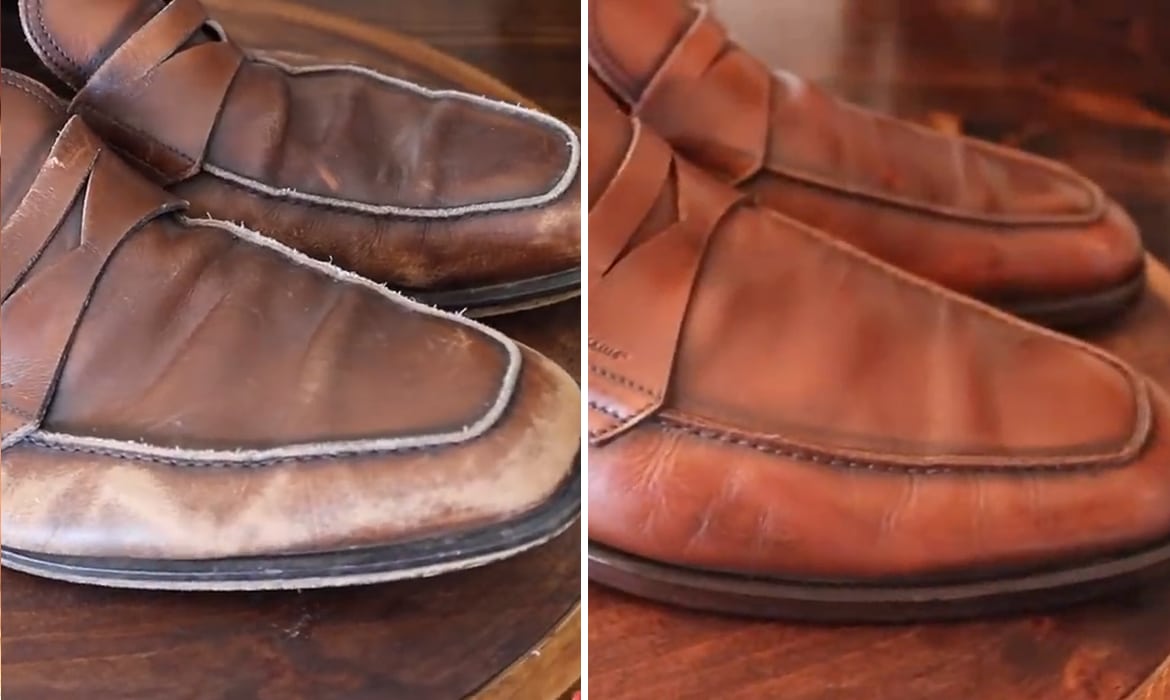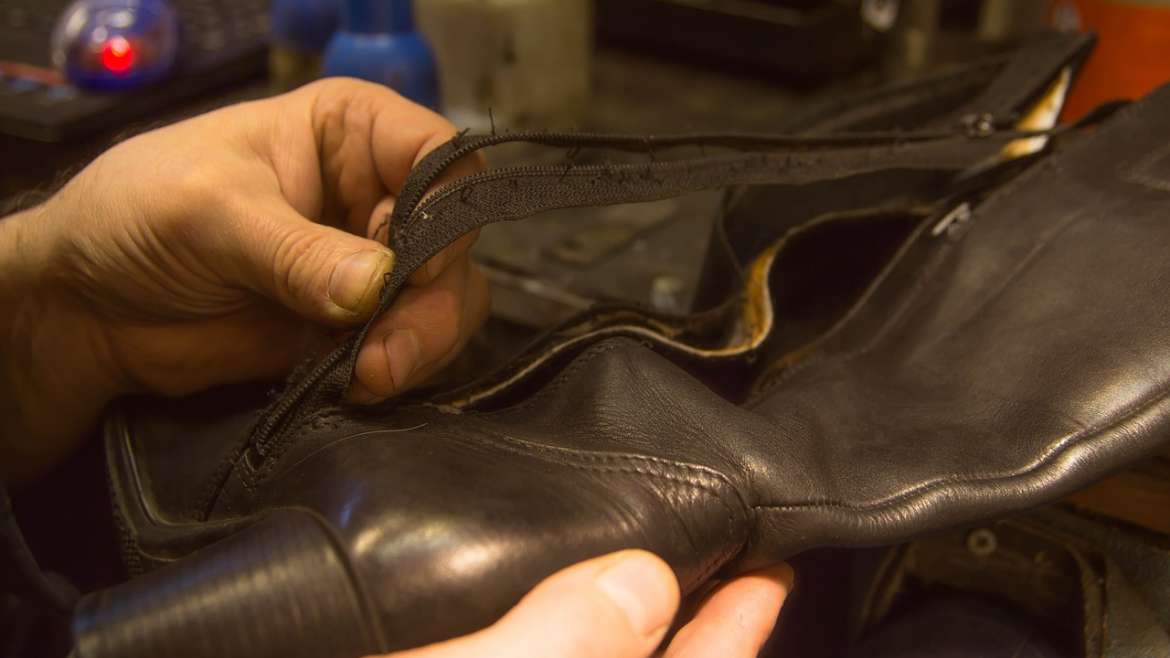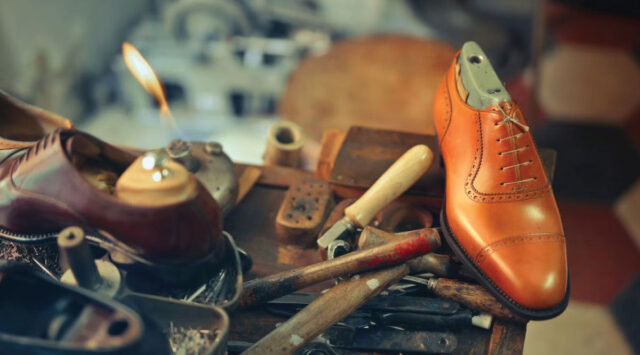When it comes to preserving the history of our cultural artifacts, shoe repair has often been overlooked as a viable means for conservation. However, restoring and repairing shoes is essential in protecting these important pieces of our collective heritage.
By identifying and preserving certain aspects of an item’s design, construction, or ornamentation we can ensure that future generations can appreciate the beauty and craftsmanship involved in producing such works of art. In addition, by utilizing modern technologies alongside traditional methods, we can better protect these precious items from further deterioration and help them last into the future.
This paper will explore how shoe repair can be used as an effective tool for heritage conservation.
Historical Significance of Shoe Repair

Shoe repair has a long and rich history. It is deeply intertwined with the development of human culture, from early civilizations to modern-day societies.
Shoe repair has played an important role in heritage conservation, helping preserve priceless cultural artifacts for generations to come. The craftsmanship involved in shoe repair was once passed down from generation to generation, ensuring that traditional techniques were preserved and shared throughout society.
With advances in technology, shoe repairs are now being done by machines or companies specializing in the trade. Despite this shift, however, the importance of preserving our cultural heritage through shoe repair remains paramount as these pieces help us better understand our past and connect with our ancestors’ values and beliefs.
Furthermore, it can be argued that without proper care taken to maintain shoes through regular repairs over time, they may become lost forever; thus contributing further to their disappearance from public view – something which should be avoided at all costs!
The Benefits of Heritage Conservation Through Shoe Repair
Shoe repair is an important part of heritage conservation, allowing us to interact with cultural artifacts in a meaningful way. By preserving traditional techniques of shoe repair, we can ensure that these pieces of history are not lost but instead remain accessible for generations to come.
Heritage conservation through shoe repair helps maintain unique and often irreplaceable items from our past while contributing to the sustainability of local communities. The practice of shoe repair has many benefits beyond just heritage conservation; it is also an economical endeavor as well as a craft that can support creative expression and innovation. Repairing shoes rather than buying new ones reduces waste considerably and contributes to environmental protection efforts.
Additionally, skilled artisans who specialize in the practice can provide employment opportunities for those looking for alternative ways to make a living or build their businesses. Furthermore, modernizing classic designs or using upcycled materials adds freshness and creativity that may be lacking in mass-produced footwear today.
Techniques for Preserving Cultural Artifacts in Shoe Repair

When it comes to preserving cultural artifacts in shoe repair, there are a variety of techniques that can be used. The most common way is to use traditional methods such as stitching and gluing.
This technique requires skill and knowledge of the materials being worked with, but if done properly can create durable results. Another popular technique is the use of synthetic adhesives which provide an extra layer of protection against damage as well as help keep the structural integrity intact. Finally, modern technology has allowed for more sophisticated repairs through 3D printing or laser scanning technologies which can not only recreate missing parts but also restore damaged ones.
All these techniques have their advantages and disadvantages depending on the type of artifact being repaired so careful consideration should be taken before attempting any form of preservation work.
Conclusion

Shoe repair is an important part of heritage conservation. It helps to preserve cultural artifacts and keep communities connected to their past.
Through shoe repair, we can maintain the materials, shapes, and colors that represent significant parts of our culture and history. Saphir blue in particular has been used for centuries as a means of restoring leather shoes to their original condition. By keeping this traditional craft alive through modern-day techniques, we can ensure that these items will be around for future generations to enjoy.




